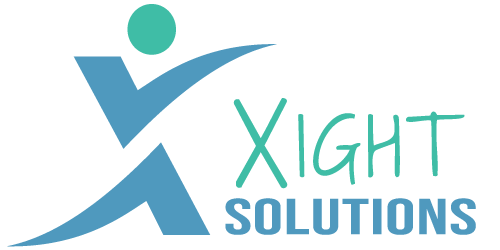Budget Tool Terminology
Business Focus Stages
B2B Product
Your business provides products for other businesses. Examples include: HP provides computers to software companies, Xerox provides copiers to businesses, accounting software for small businesses (the accounting services themselves would be a B2B service).
B2B Service
Your business provides services for other businesses. Example: legal services for small business, accounting services for businesses, office cleaning business.
B2C Product
Your business provides products to consumers. Examples: retail stores (clothing, furniture, toys, etc).
B2C Service
Your business provides services to consumers. Examples: home renovation services, legal services like wills, plumbing services, dog walking services, home computer repair services, etc.
Business Lifecycle Stages
Seed & Development Stage
Seed & Development is the idea stage of your business lifecycle. In this stage, you're exploring the idea of your product or service. At this point, you're testing the waters. Informally you're asking as many people as you can if your idea has merit. You may invest in a more formal process of customer surveys, and market analysis to figure out if you're idea makes sense to potential customers. You're narrowing down your target customers and your niche in the marketplace. Understanding the competitive landscape is key. Marketing tasks involve research and surveys. You can also begin to build an audience via social media channels. You may have one or two customers or pilot projects during this phase to prove the viability of your product/service.
Startup Stage
You've decided your idea has merit (aka. you believe customers will value and pay for your product/service), and you've started your business. In this Startup stage, you launch your product/service and focus on educating the marketplace (and driving awareness) about the problem you solve for customers, and how it's different from your competitors (and the status quo). In this stage, you're gathering your first key customers (usually categorized as innovators (see "Innovation Adoption Lifecycle" image below). This stage is where you'll spend a lot of money on your marketing efforts.
Innovation Adoption Lifecycle. Image Source: CC BY 2.5, https://en.wikipedia.org/w/index.php?curid=11484459
Growth / Establishment Stage
In the Growth / Establishment stage, you're getting customers more consistently and (hopefully) starting to make a profit. Sales growth increases each year. "Early adopters" and the "early majority" are seeing value in your solution and signing up as customers (see "Innovation Adoption Lifecycle" above). Unfortunately, you may be seeing more competitors enter the space as well. You are shifting into more promotion marketing and opening up additional marketing channels to reach more customers.
Expansion / Maturity Stage
In the Expansion / Maturity stage you’re consistently making sales but you may begin to see a slowdown in the number of new customers due to strong competition in an established market. Your customers can identify your brand, and you have loyal customers and a good share of the market. You must continue to differentiate and define the value of your brand. Continued research and awareness of changes in your customer needs will help you to offer product improvements and even new product opportunities. You may enter an expansion stage where you launch new products/services or expand into new markets and target new customers.
Maturity / Exit Stage
As consumer preferences shift, you may find that your market is in decline. The Maturity / Exit stage has a sharp decrease in sales and profitability. You may be able to shift back into an expansion stage, or you may need to exit. In the Maturity / Exit stage only invest the minimum marketing efforts to keep customers informed that you still offer the product/service.

